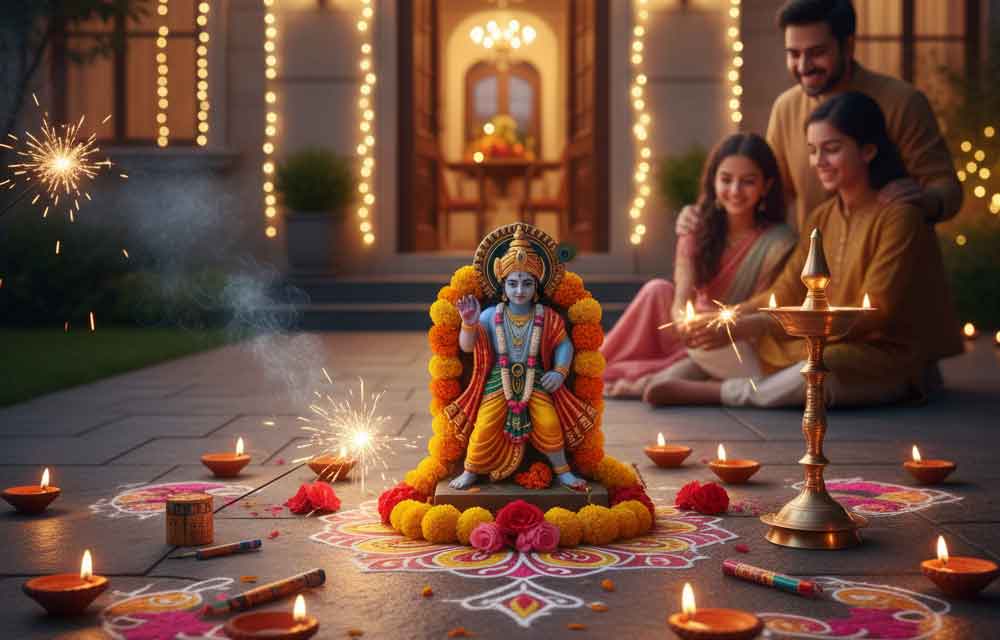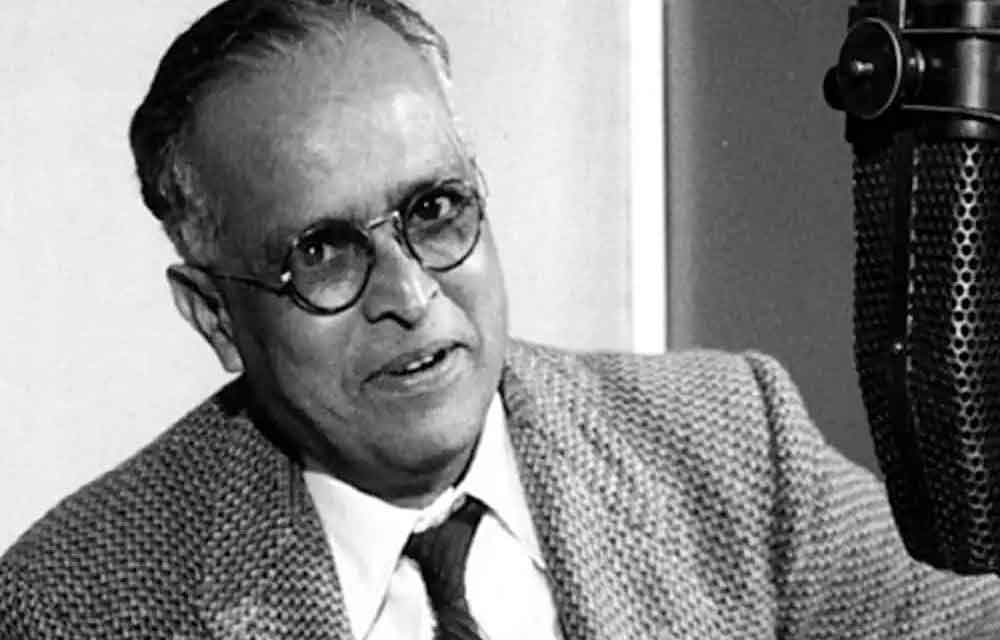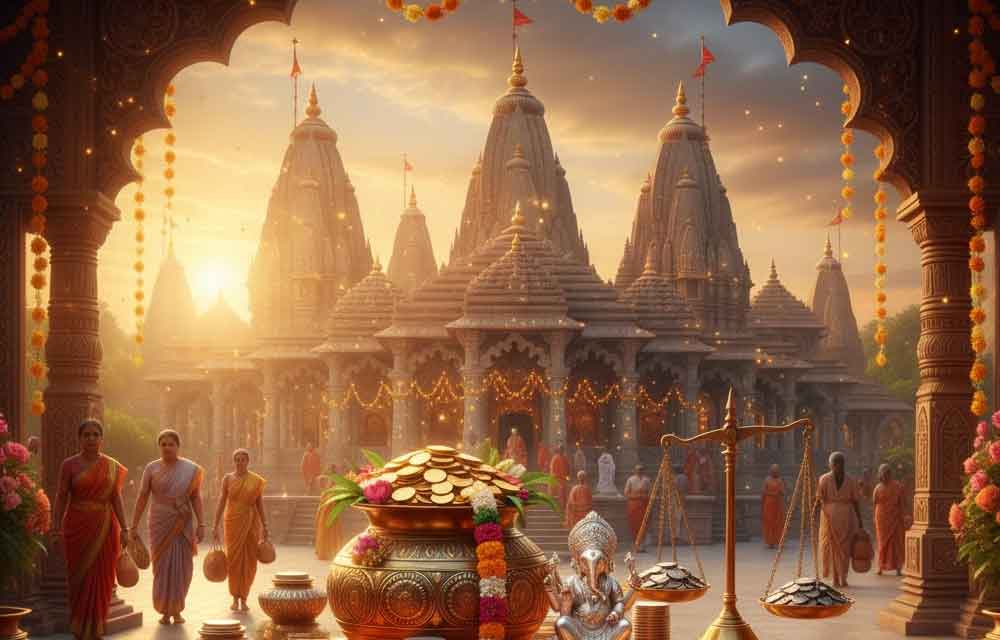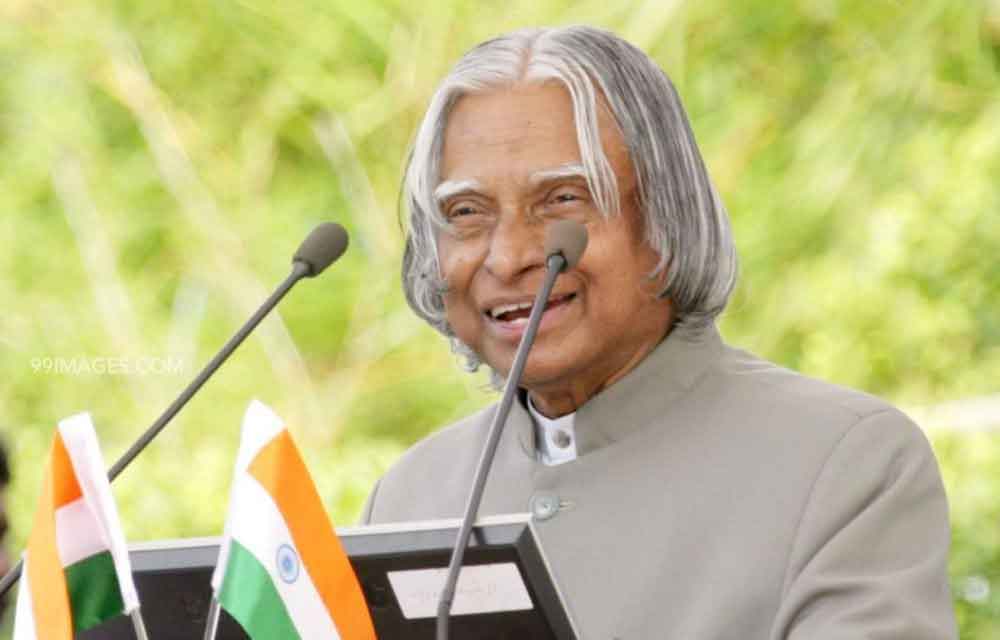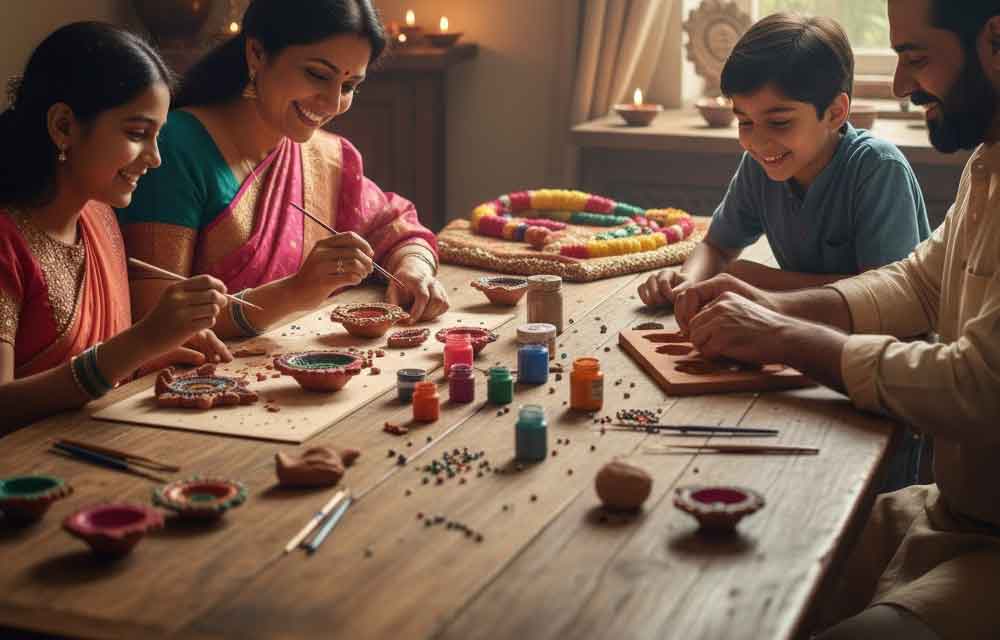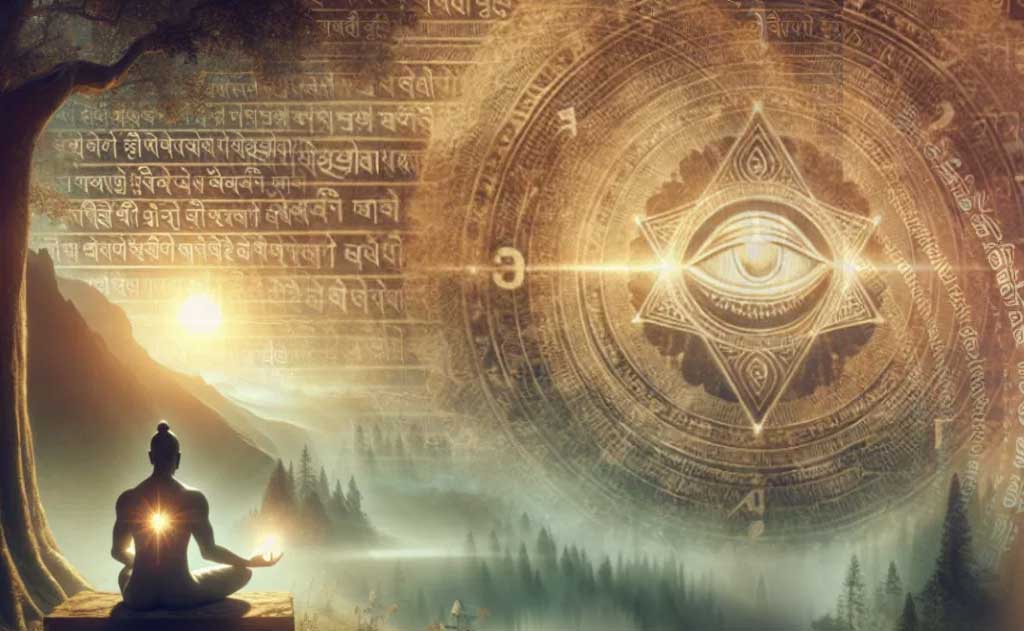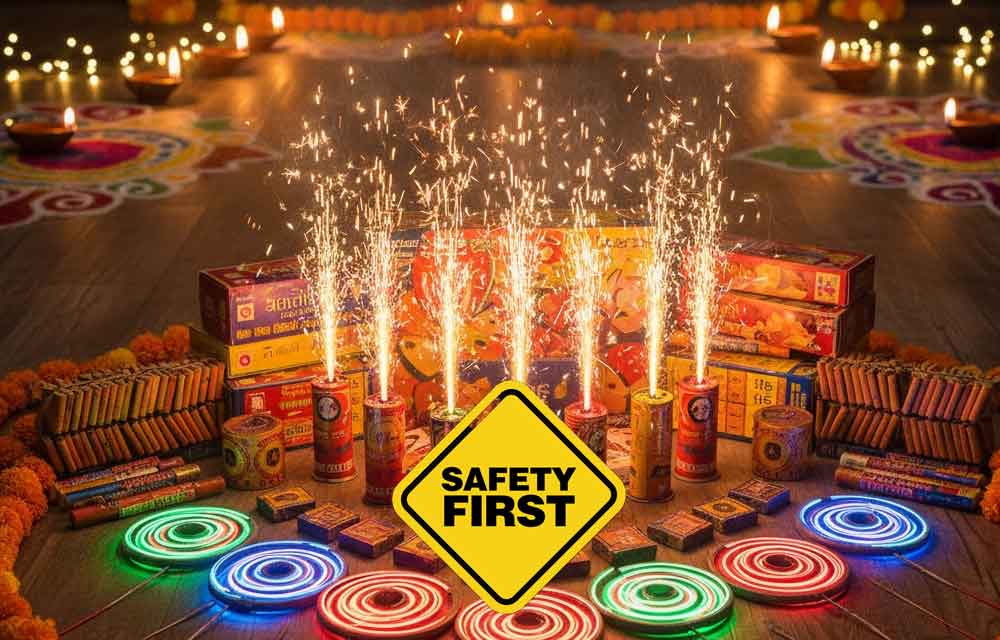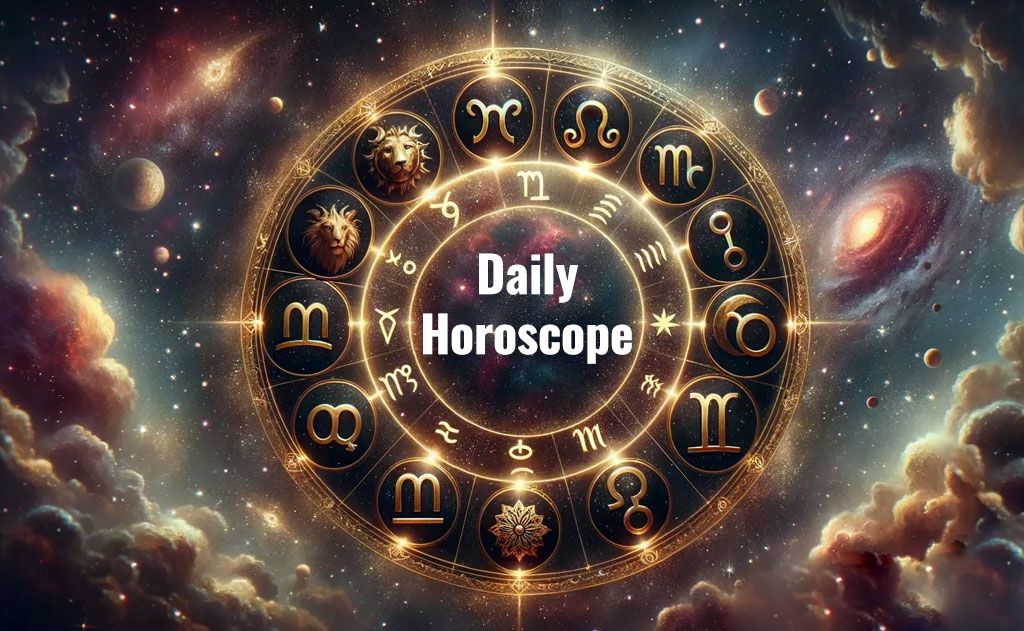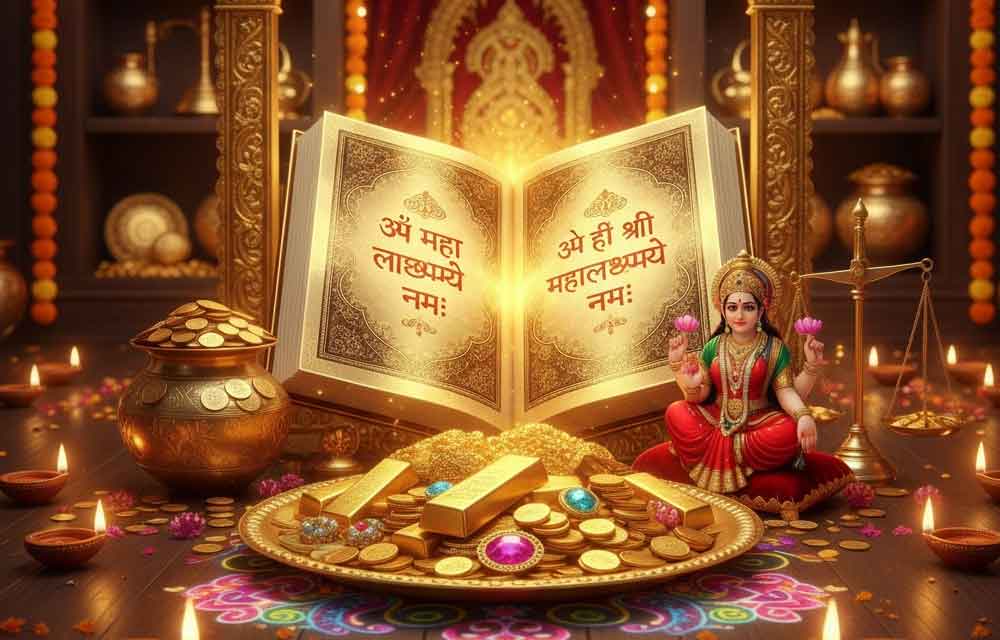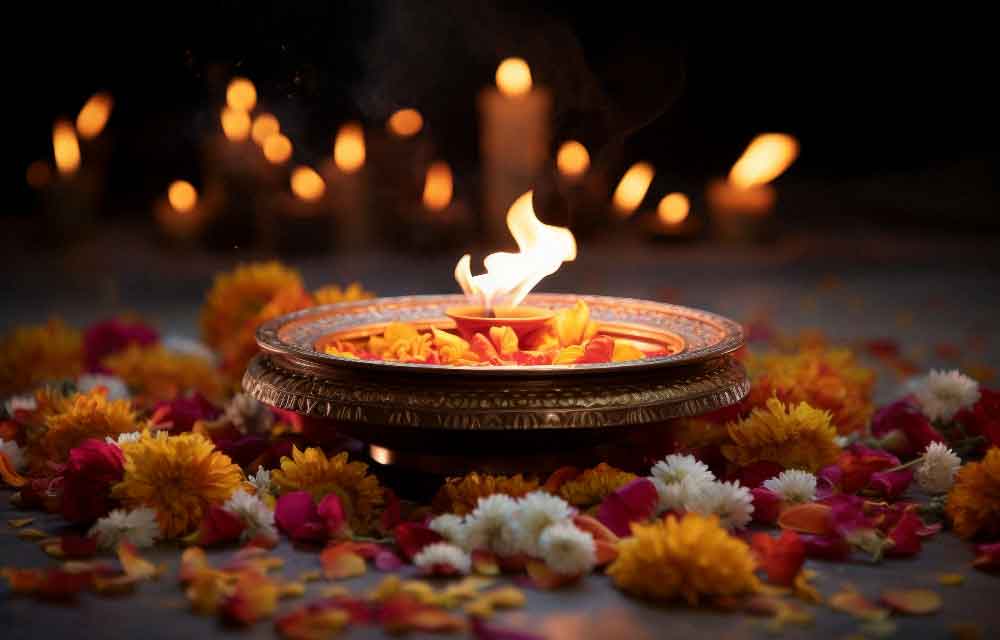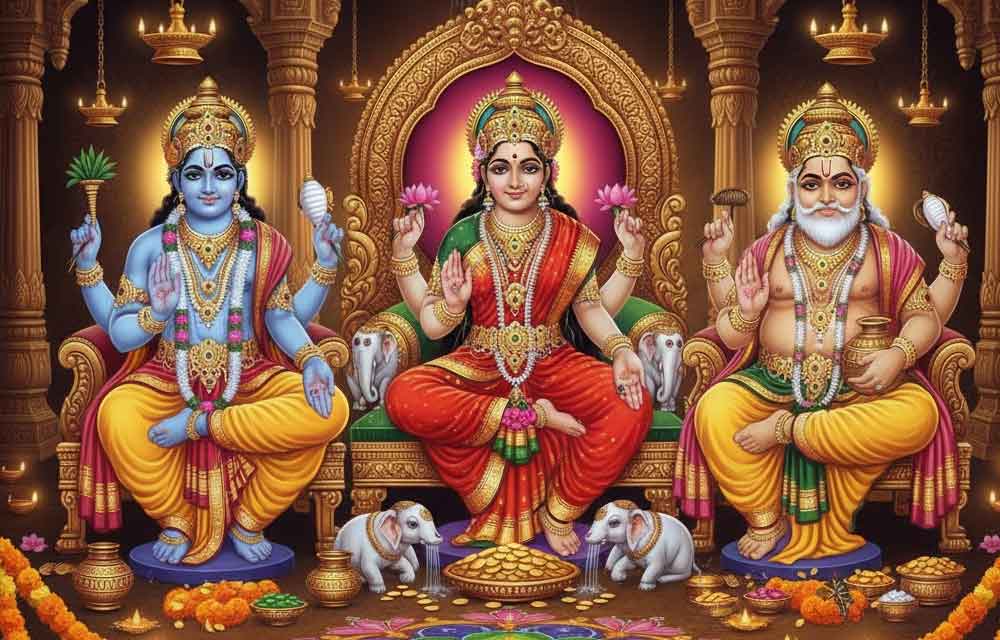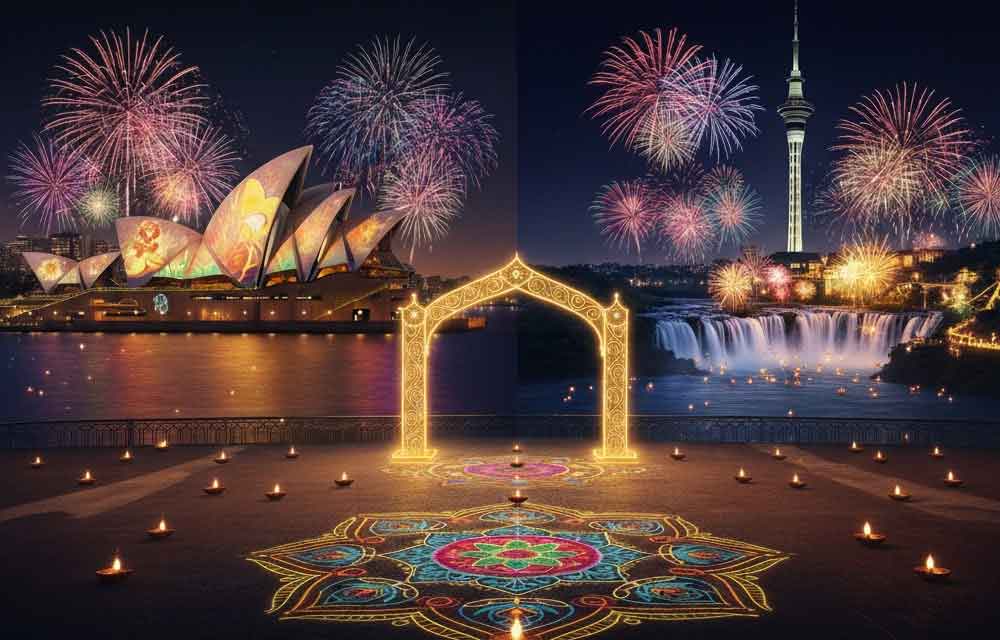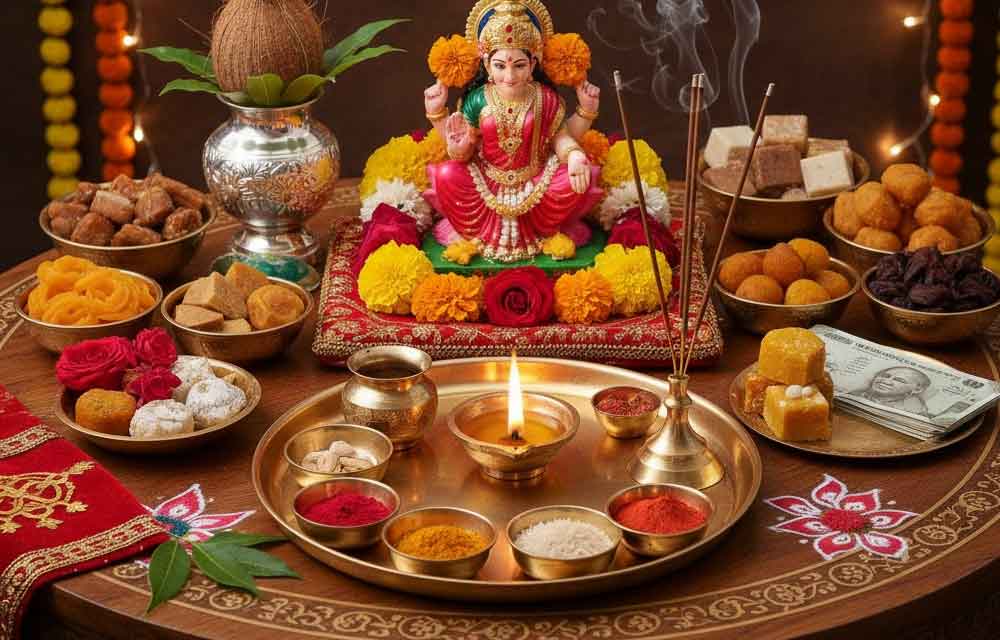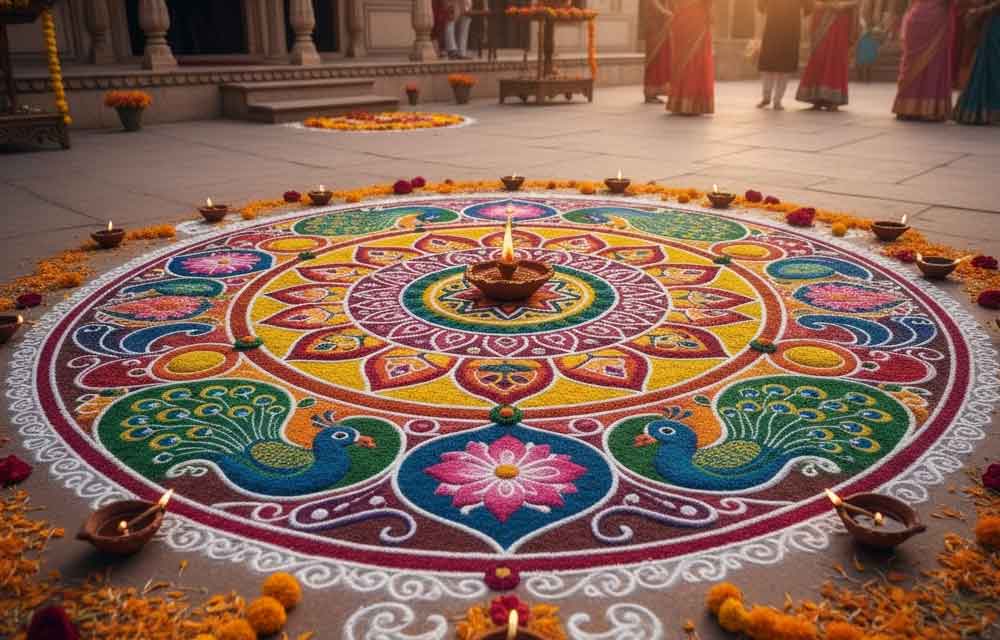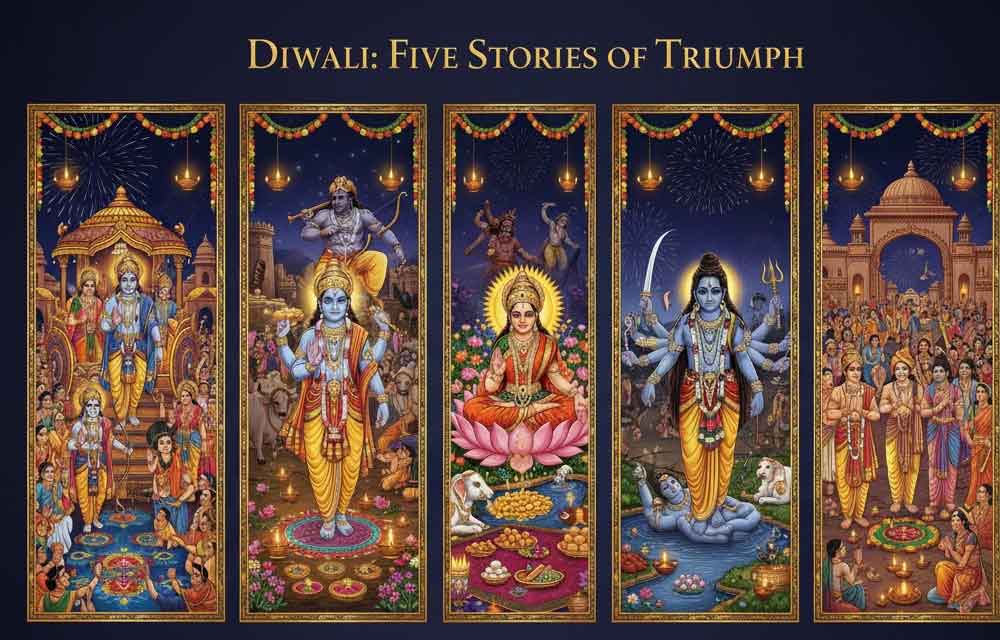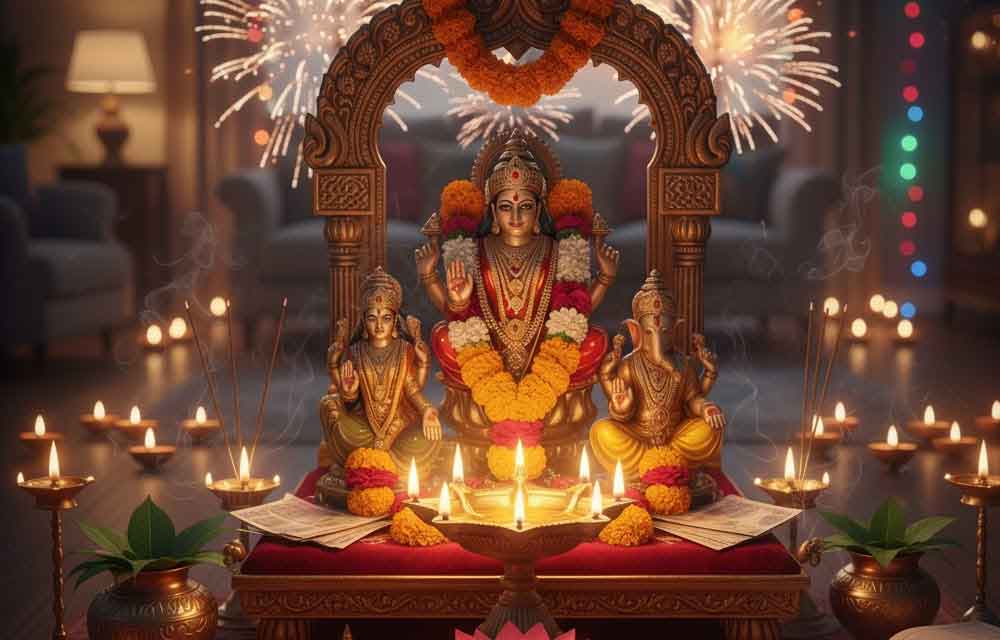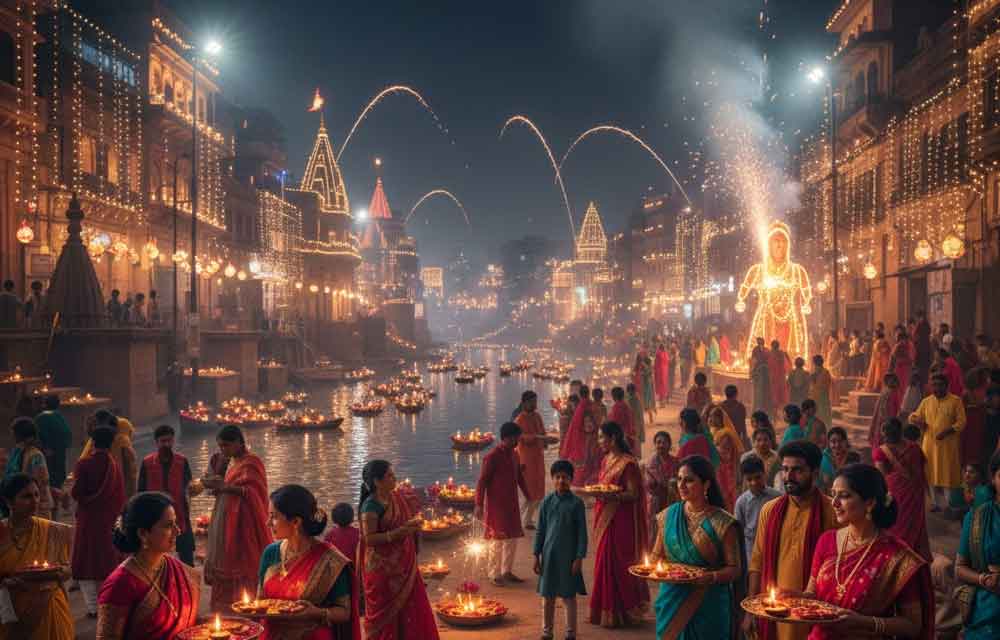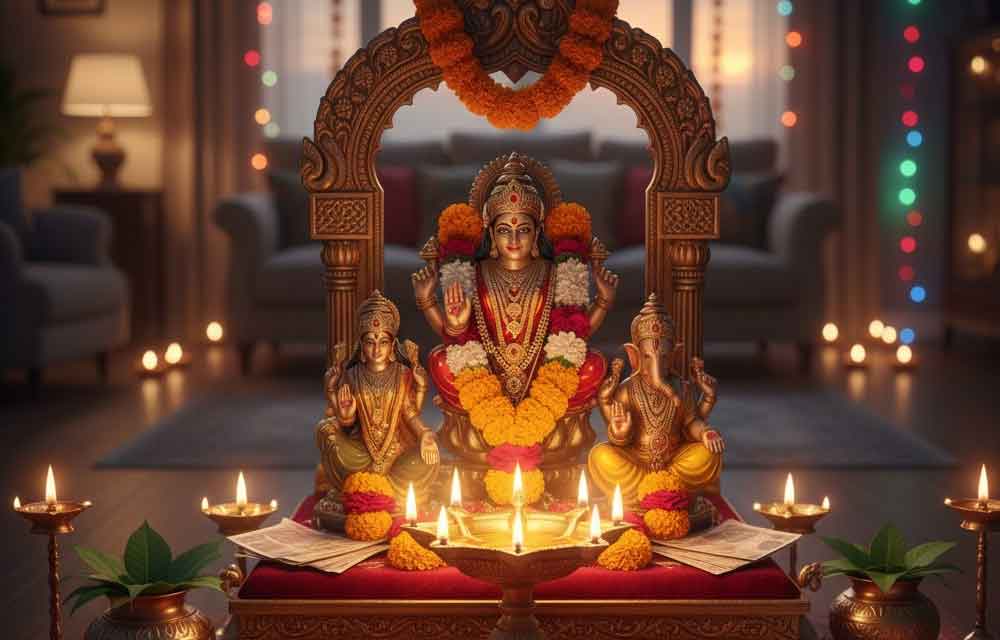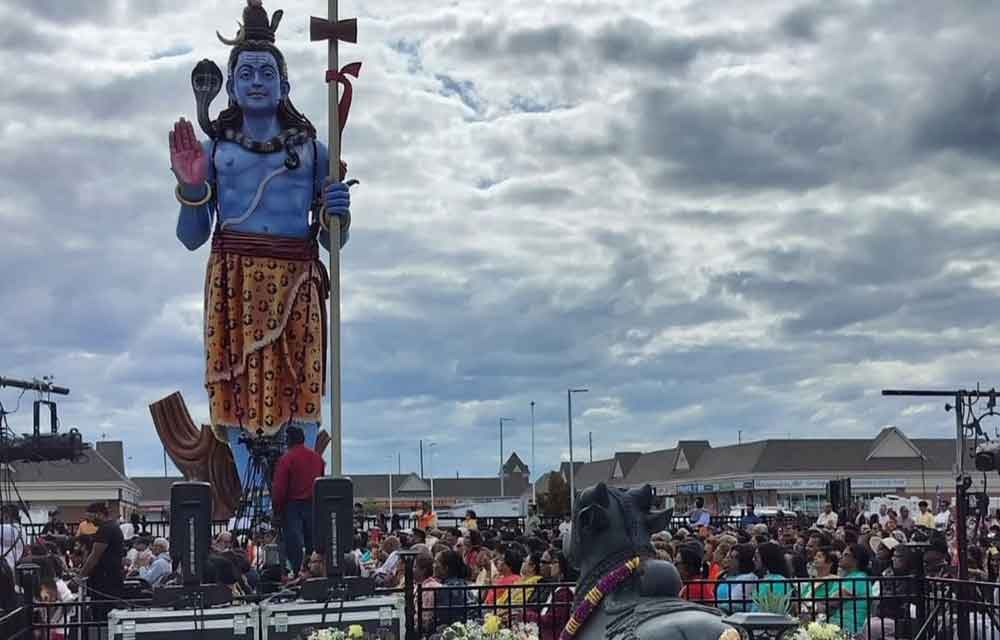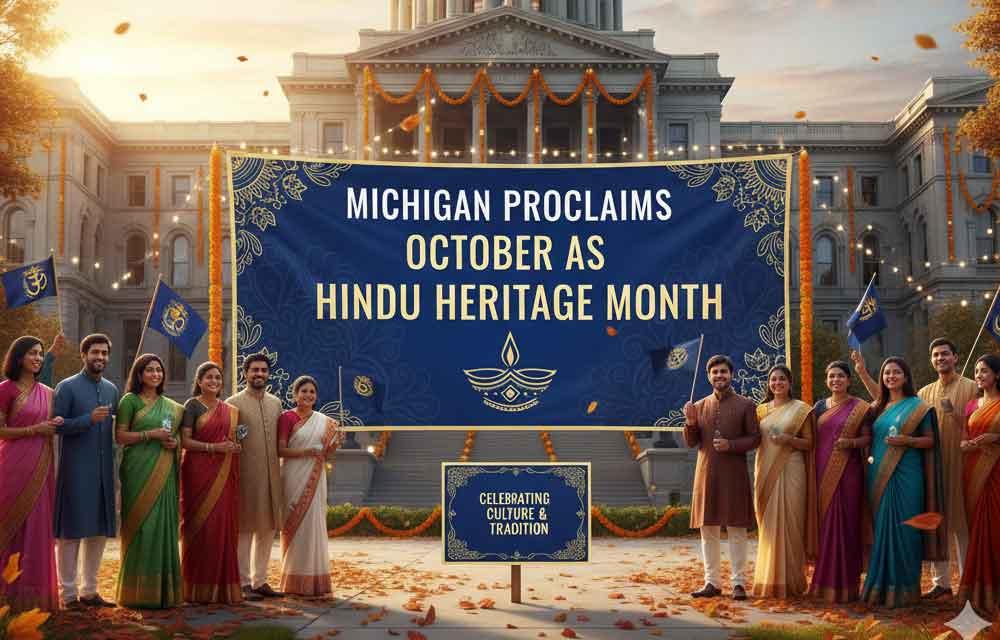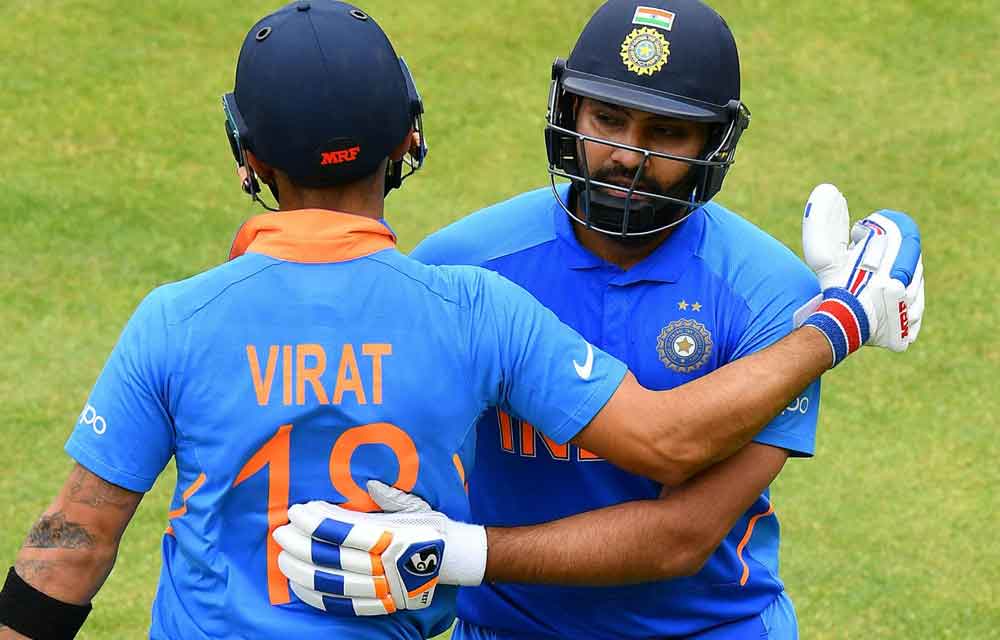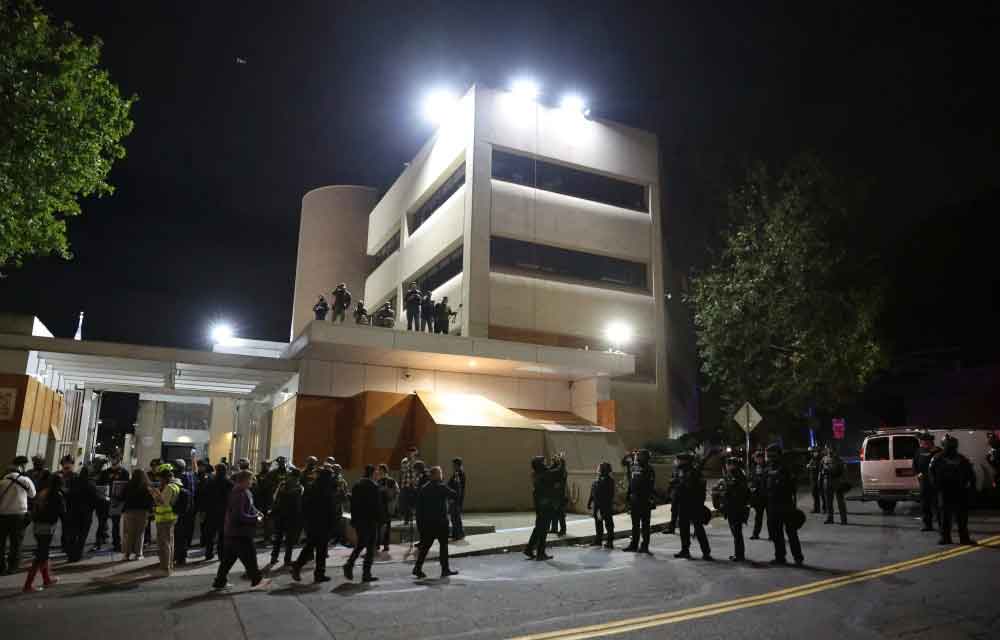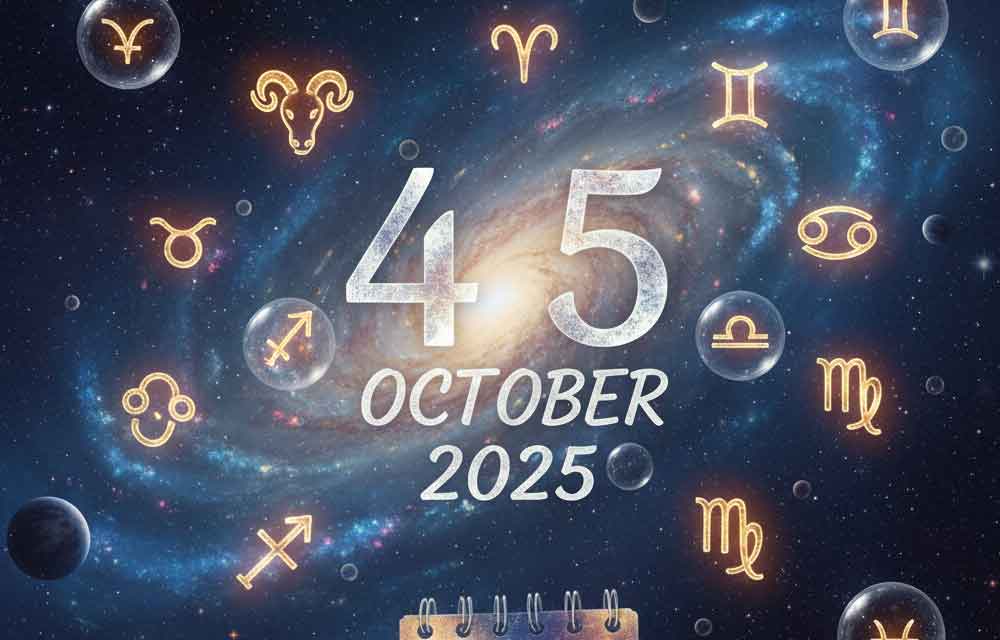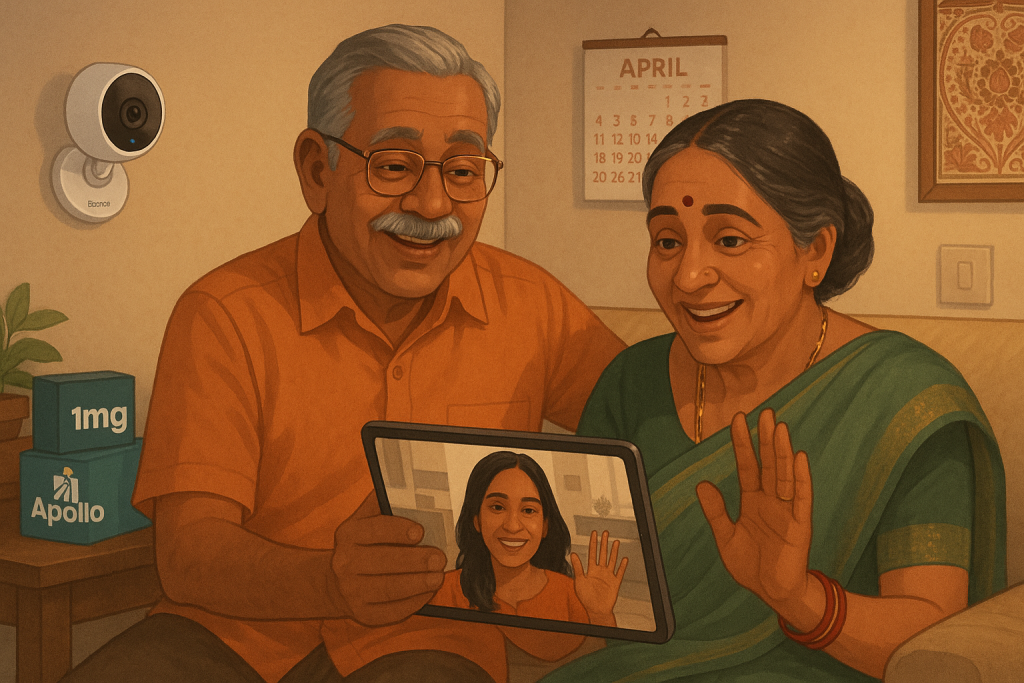Bhai Dooj 2025: Sacred Bond of Siblings in Hindu Dharma
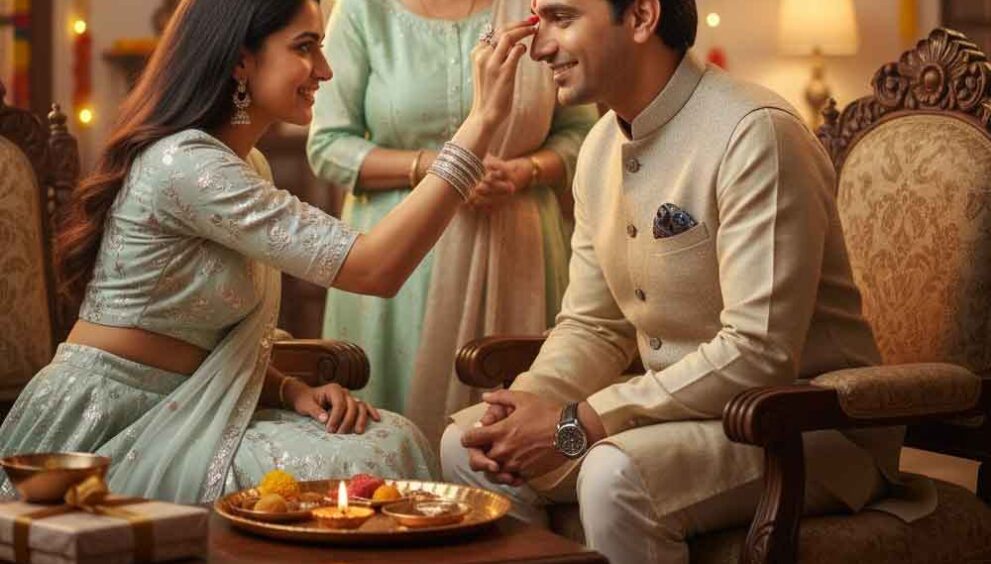
The Divine Significance of the Sister’s Prayer and Brother’s Protection
Introduction: The Festival of Sibling Love
Bhai Dooj, also known as Bhau Beej, Bhai Tika, or Yama Dwitiya, is one of the most cherished festivals in Hindu Dharma that celebrates the eternal bond between brothers and sisters. Falling on the second day (Dwitiya) of Shukla Paksha in the month of Kartik, this sacred occasion comes two days after Diwali and marks the conclusion of the five-day Diwali festivities.
In 2025, Bhai Dooj will be celebrated with immense devotion across India, as sisters pray for their brothers’ long life and prosperity, while brothers pledge to protect their sisters throughout their lives. This beautiful tradition embodies the essence of familial love, mutual respect, and the sacred duties that bind siblings together.
The Sacred Mythological Origins
The Story of Yama and Yamuna
The most prominent legend associated with Bhai Dooj is the touching tale of Lord Yama (the God of Death) and his beloved sister Yamuna (the sacred river goddess).
After a long separation, Yamuna deeply missed her brother Yama and yearned for his visit. She sent him numerous invitations, but Yama, burdened with his cosmic duties of maintaining the cycle of life and death, could not find time to visit his sister.
Finally, on the second day of Shukla Paksha in Kartik month, Yama decided to visit Yamuna. When he arrived at her abode, Yamuna was overwhelmed with joy. She welcomed him with the grandest hospitality, prepared a magnificent feast, and performed his aarti with deep devotion. She applied a sacred tilak on his forehead and offered him sweets made with love.
Deeply moved by his sister’s pure love and devotion, Yama asked Yamuna what she desired as a blessing. Yamuna replied, “Brother, I only wish that you visit me every year on this day, and that every brother who receives tilak from his sister on this day shall be blessed with long life and protection from untimely death.”
Pleased with her selfless wish, Yama granted her prayer and declared, “Any brother who receives tilak and blessings from his sister on this auspicious day shall never fear death and will be blessed with longevity. This day shall be known as Yama Dwitiya or Bhai Dooj.”
Since then, this sacred tradition has been observed with great reverence, and the day is also called Yama Dwitiya, signifying protection from untimely death.
The Story of Lord Krishna and Subhadra
Another beautiful legend comes from the Mahabharata. After Lord Krishna defeated the demon Narakasura, he visited his sister Subhadra. Overjoyed to see her brother victorious and safe, Subhadra welcomed him with flowers, sweets, and lamps. She performed his aarti, applied a tilak on his forehead, and prayed for his well-being.
Lord Krishna, touched by his sister’s love, blessed her and showered her with gifts. This divine interaction between Krishna and Subhadra established the tradition of sisters welcoming their brothers with tilak ceremony and brothers giving gifts to their sisters as a token of their love and protection.
The Legend of Mahavir and his Sister
In Jain tradition, there’s a legend about Lord Mahavir, the 24th Tirthankara, and his sister Sudarshana. After attaining Nirvana (salvation), Mahavir’s soul visited his sister, who was grieving deeply. She offered prayers for his departed soul and performed rituals. This tradition is also observed by the Jain community on Bhai Dooj, where sisters pray for their brothers’ spiritual welfare.
The Spiritual Significance
The Sister’s Sacred Prayer
The prayers offered by a sister on Bhai Dooj carry immense spiritual power. In Hindu philosophy, a sister’s love is considered pure and selfless, and her prayers are believed to have the strength to ward off negative energies and planetary afflictions from her brother’s life.
When a sister applies the sacred tilak on her brother’s forehead, she invokes divine blessings for:
- Ayushya (Long life)
- Aarogya (Good health)
- Samriddhi (Prosperity)
- Sukh-Shanti (Peace and happiness)
- Raksha (Divine protection)
The tilak itself is applied on the Ajna Chakra (third eye), which is considered the seat of wisdom and intuition. This act symbolizes awakening the brother’s inner consciousness and protecting him from evil forces.
The Brother’s Vow of Protection
The brother’s commitment to protect his sister represents the dharmic duty of Raksha Bandhan (bond of protection). This is not merely physical protection but encompasses:
- Emotional support during challenging times
- Financial security when needed
- Social protection of her honor and dignity
- Spiritual guidance in righteous living
- Lifelong companionship through all phases of life
This mutual exchange creates a karmic bond that transcends lifetimes, reinforcing the Hindu belief in the eternal nature of familial relationships.
The Sacred Rituals and Traditions
Preparation for Bhai Dooj
For Sisters:
- Wake up early and take a purifying bath
- Clean and decorate the puja area or the place where the ceremony will be performed
- Prepare the tilak thali with kumkum, rice grains, flowers, sweets, and a diya
- Cook or arrange the brother’s favorite dishes
- Wear traditional attire, preferably in auspicious colors like red, yellow, or green
For Brothers:
- Take a bath and wear clean, fresh clothes
- Carry gifts for the sister
- Approach the ceremony with a pure heart and devotion
- Be ready to offer dakshina (monetary gift) along with other presents
The Tilak Ceremony
- Aarti: The sister performs aarti of her brother with a diya, moving it in circular motions to ward off evil
- Tilak Application: She applies a vermillion tilak (or rice paste in some regions) on the brother’s forehead
- Akshat (Rice Grains): Rice grains are placed on the tilak as a symbol of prosperity
- Flowers: Fresh flowers are offered as a mark of respect
- Sweets: The sister feeds her brother sweets, symbolizing sweetness in their relationship
- Prayer Chanting: Sacred mantras or prayers are recited
Traditional Bhai Dooj Mantras
Sister’s Prayer:
Om Brahmavesho Maheshascha Vishnu Shaktishcha Shaktiman
Trimurti Devata Hyete Bhratur Vardhaya Sankhyayam(O Lord Brahma, Mahesh, and Vishnu, and their divine powers, may these three supreme deities increase my brother’s years of life)
Another Popular Prayer:
Kanya Kumari Samacharya Swargalok Niwasini
Tvayi Prasanna Deveshi Vardhaya Bhratuh Ayusha(O Goddess Kanya Kumari, resident of heaven, by your grace, increase my brother’s lifespan)
Regional Variations
North India: Sisters apply a mixture of vermillion and mustard oil as tilak and prepare special dishes like mathri, gujiya, and puri-sabzi.
Maharashtra: Known as Bhau Beej, sisters perform the ceremony in the morning, and brothers are served delicious meals including basundi, amba barfi, and puran poli.
Bengal: Called Bhai Phonta, sisters fast until they apply the phonta (sandalwood paste) on their brothers’ foreheads and pray for their well-being.
Nepal: Celebrated as Bhai Tika, it’s one of the most important festivals where sisters apply elaborate seven-colored tilak and garland their brothers.
Gujarat: Sisters prepare special dishes and the ceremony is performed with great enthusiasm, often accompanied by family gatherings.
The Deeper Dharmic Teachings
Unity in Diversity
Bhai Dooj teaches the fundamental principle of Vasudhaiva Kutumbakam (the world is one family). While celebrating the biological sibling bond, it extends to cousin brothers and sisters, and even close friends who share a brother-sister relationship.
The Balance of Cosmic Energies
The brother represents Purusha (masculine energy) – strength, protection, and action. The sister represents Prakriti (feminine energy) – nurturing, creation, and devotion. Their harmonious relationship symbolizes the balance necessary for cosmic order.
Karma and Dharma
The festival emphasizes:
- Kartavya (duty) towards family members
- Sneha (affection) as a purifying emotion
- Tyaga (sacrifice) for loved ones
- Seva (service) without expecting returns
Breaking Barriers
In modern times, Bhai Dooj also celebrates adopted siblings, step-siblings, and those who have formed sibling bonds beyond blood relations, emphasizing that love transcends biological connections.
Contemporary Relevance
In today’s fast-paced world where families often live apart due to career and personal commitments, Bhai Dooj serves as a powerful reminder to:
- Reconnect with siblings despite geographical distances
- Express gratitude for their presence in our lives
- Strengthen bonds through regular communication
- Support each other emotionally and practically
- Preserve traditions while adapting to modern lifestyles
For those who cannot physically meet their siblings, virtual celebrations through video calls, sending gifts online, and performing the rituals in spirit have become meaningful alternatives.
The Eternal Message
Bhai Dooj is not merely a ritual but a profound expression of the soul’s longing for connection, protection, and unconditional love. It reminds us that:
“Matru Devo Bhava, Pitru Devo Bhava, Acharya Devo Bhava”
Just as we revere our parents and teachers, the sibling relationship holds sacred space in our dharmic life.
The festival teaches that true protection comes not from physical strength alone but from the power of pure intentions, devoted prayers, and unwavering commitment to each other’s welfare.
Conclusion: A Timeless Celebration
As we celebrate Bhai Dooj in 2025 and in years to come, let us remember that this sacred day is an opportunity to:
- Renew our commitment to family values
- Cherish the irreplaceable bond of siblinghood
- Seek blessings for each other’s prosperity
- Express our love through action and prayer
- Honor the ancient traditions that connect us to our roots
May the divine blessings of Lord Yama and Goddess Yamuna be upon all brothers and sisters. May every sister’s prayer be answered, and may every brother fulfill his sacred duty of protection with devotion and love.
Bhai Dooj Ki Hardik Shubhkamnayein!
For more devotional stories and Hindu festivals, visit www.hindutone.com
Note: The dates for Bhai Dooj 2025 would need to be confirmed based on the Hindu lunar calendar (Panchang), as the exact date will be determined closer to the festival time.

 English
English 